An Epic Battle Is Brewing!
“We continue to anticipate that ongoing increases in the target range for the federal funds rate will be appropriate in order to attain a stance of monetary policy that is sufficiently restrictive to return inflation to 2 percent over time.”- Jerome Powell, December 14th, 2022.
As I wrote: “Tug-Of-War” post the last Fed rate action in November, it was evident that markets were spooked by the Fed’s inaction last year and were dictating the terms through 2022. However, in November, Powell desired more from the markets and bond markets quickly obliged him by repricing the terminal rate higher and cheering Powell’s intent to knock down the inflation monster.
Nonetheless, the “Clash of the Titans” took an astounding turn this week. In a replay of the November episode, the Fed sounded as hawkish as ever this week as a stunning 17 out of the 19 members voted for a 5.21% terminal rate, but this time the markets called it a bluff!
Yes, folks, the markets think that the Fed is “only” portraying to be “ultra-hawkish” but will stop short of its terminal rate due to the cooling inflation and slowing growth. Therefore the bond markets remain adamant at a 4.8% terminal rate, an apparent disconnect.
Let us understand why the markets consider themselves ahead of the most influential central bank in the world and even the ECB!
The SEP Anomaly, Inflation And Markets Reaction!
The hugely awaited FOMC Summary of Economic Projections (SEP) was released, and the markets were in for an utter surprise. As discussed earlier, markets discounted the “fancy” projection of monetary policy known as the “dot plot” as a farce.
All the 21 members of the FOMC don’t see any cut in the rates in 2023, consistent with the view that the rates will have to remain higher for longer to kill the inflation menace. However, the markets didn’t buy the narrative and predict that the Fed would cut rates by at least 60 bps in H2 2023.
In fact, markets don’t even believe that the tightening of the monetary policy will end in Feb/March and will ever touch 5%.
Source: Bloomberg, Lisa Abramowicz
Surprisingly, compared to the September projection, the real GDP growth was revised sharply lower while the unemployment rate was shifted slightly higher.
In light of these revisions, one would have presumed that the inflation projections would have also been revised lower, particularly after the downside surprise in the CPI data released this week.
Yet, the core PCE projections were higher than before.
An improbable scenario!
Interestingly, the FOMC believes that the PCE will reach their long-run 2% target only in 2025 (median). If we talk about the just-released CPI data, one of the most significant contributors to inflation was shelter inflation, a trend visible in the last two-three months.
Even the Fed acknowledges the fact that the shelter data is captured with a 6–9 months lag and rents have now begun to move lower MoM, which will reflect in the CPI data starting from Q223, which along with the base effect, are also the reasons that markets believe that inflation might decline sharply thus restricting the terminal rate to 4.8%.
Numerous market participants were also sceptical about the long-term inflation target speculating that it may be revised upwards in the near future. However, Powell made it super clear that:
“Changing the inflation target is not something we are thinking about.And it’s not something we are going to think about thinking about under any circumstances. Our inflation target is 2%.”
Well, it will be intriguing to see how the future trajectory of inflation pans out as several one-offs, like the sharp fall in health insurance and the used car price disinflation, have recently marred the data.
Furthermore, one should remember that energy prices are down significantly from the highs reached in March, and thus, the base effect will also drag the headline number down in the coming months.
Uncertainty leading to Conservative Estimates?
“Our decisions will depend on the totality of incoming data and their implications for the outlook for economic activity and inflation. And we will continue to make our decisions meeting by meeting and communicate our thinking as clearly as possible.”-J. Powell
Powell reiterated that decisions would be made meeting by meeting, a tone similar to the last FOMC presser. This is rather significant for the next FOMC meeting as there will be a ton of incoming data before the next rate decision on 1st Feb. In fact, we will have both December and January CPI reports along with the ISM, payrolls and retail sales before the next meet.
Powell responded to a question by Nick Timiros that 25bps steps make more sense going forward, given where they are in terms of policy rate and due to the uncertainty around inflation/GDP.
The Fed seems to be under damage control mode as they are being really conservative in their latest projections.
Source: Fed
The latest projections validate that they are over-promising as they see a higher downside risk to GDP growth and a lower risk to (a higher) unemployment rate than the September projections.
The 25bps steps from the next policy indicate that the Fed is giving room to itselfif it needs to act abruptly on adjusting rates if the inflation data surprises on the downside and the labor market softens more than anticipated.
“Reducing inflation is likely to require a sustained period of below-trend growth and some softening of labor market conditions.
The historical record cautions strongly against prematurely loosening policy. We will stay the course, until the job is done.”- J. Powell
Nevertheless, Powell is very well aware that if they prematurely loosen the policy, they risk the resurgence of inflation. This is likely because the labor market has the potential to surprise us due to the structural change we are witnessing in the US labor market.
Post the GFC, the labor force participant rate (LFP) has steadily declined from 66.1% to 62.1%. Moreover, as society ages and demographics worsen, it is envisioned that the labor force will shrink further as a large pool of the population retires.
Interestingly, while the LFP rate for the young has recovered, the baby boomers (55+) rate still needs to recover from the covid dip. Furthermore, many people are retiring early, putting pressure on the labor market.
Thus Powell’s popular measure: The vacancies/Unemployed ratio, is still elevated at 1.71, suggesting multiple job opportunities available for the unemployed.
We can see from the above chart that the ratio falls drastically and hits a trough of less than 0.50 in a recession. The ratio is presently highly elevated from a historical perspective. As a result, Powell believes that reducing inflation will require a “sustained” period of below trend-growth.
The key remains the labor market, as I have been pointing since the past few months. Unless the unemployment rate increases by at least 200–250 bps from a record low of 3.7%, we might see inflation come back with a vengeance, as it won’t be enough to break the wage-price spiral of the US labor market.
Regardless, a 100bps rise in the unemployment rate, as projected by the Fed, will mean a recession, as the 3m average will increase by more than 50 bps, as validated by Sahm’s rule, developed by Claudia Sahm.
The New Hawk In The Market: “ECB- Whatever It Takes”?
The European Central Bank (ECB) stunned the markets this Thursday as it took a new avatar reminiscent of Powell’s Volcker mention during Jackson Hole.
Jonathan Ferro on Twitter: ""We're not pivoting""We're not wavering""We have more ground to cover""We have longer to go""We're in for the long game"Punchy President Lagarde / Twitter"
"We're not pivoting""We're not wavering""We have more ground to cover""We have longer to go""We're in for the long game"Punchy President Lagarde
In one of the most hawkish statements ever, ECB President Lagarde reiterated that the ECB has a lot of ground to cover before inflation is brought under control after it raised the deposit rates by 0.50%.
The immediate consequence was carnage in the European bonds and stocks.
In fact, the inflation projections released by ECB were startling and remarkably higher than the previous ones.
The ECB now expects to end 2023 and 2024 with an inflation of 6.3% and 3.4%, respectively, way loftier than the 2% target. The markets were baffled by the ultra-hawkish stance as ECB also announced that it would commence its QT (Quantitative Tightening) in March by reducing reinvestments from maturing securities under Asset Purchase Program (APP).
We are already aware that the TLTRO balances will reduce by around €885 billion by the end of this year, considerably decreasing the excess liquidity in the system.
The canary in the coal mine for the EA (Euro Area) remains the hot labor market. You will be surprised to know that, akin to the US, the unemployment rate in EA remains the lowest ever on record, even after a deadly war, business closures due to the eenergy crisis and double-digit inflation.
The ECB will need to work hard to break the wage-price spiral to control the monstrous inflation due to the worsening demographics and unionisation.
Conclusion!
The markets remain unconvinced about the future trajectory of interest rates and assume that a growth scare will lead to inflation cooling off faster than anticipated. Thus, CBs will pivot in the latter half of 2023.
On the contrary, the Fed and ECB don’t want to put their guard down prematurely and want to finish the job of bringing down inflation to its long-term target of 2%: “Higher for Longer.”
Though wishful consideration on the part of the CBs, however, markets are prepared for the epic battle that will transpire in 2023.
Clash Of The Titans! was originally published in DataDrivenInvestor on Medium, where people are continuing the conversation by highlighting and responding to this story.

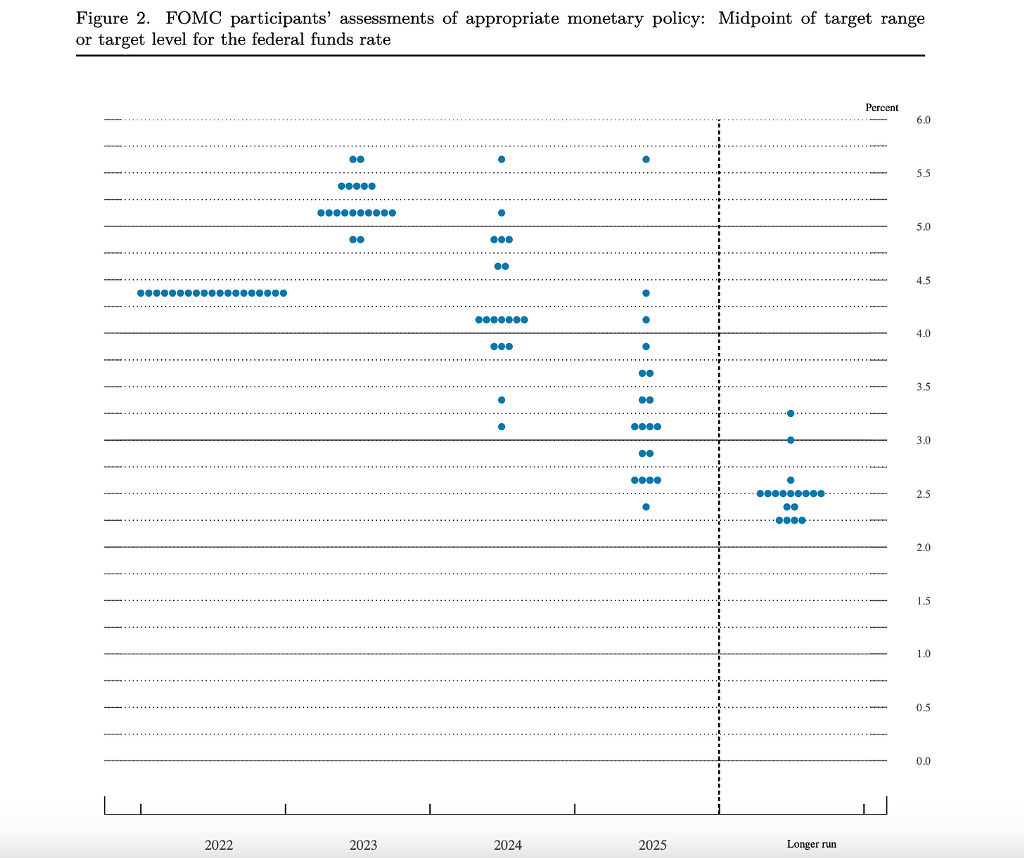
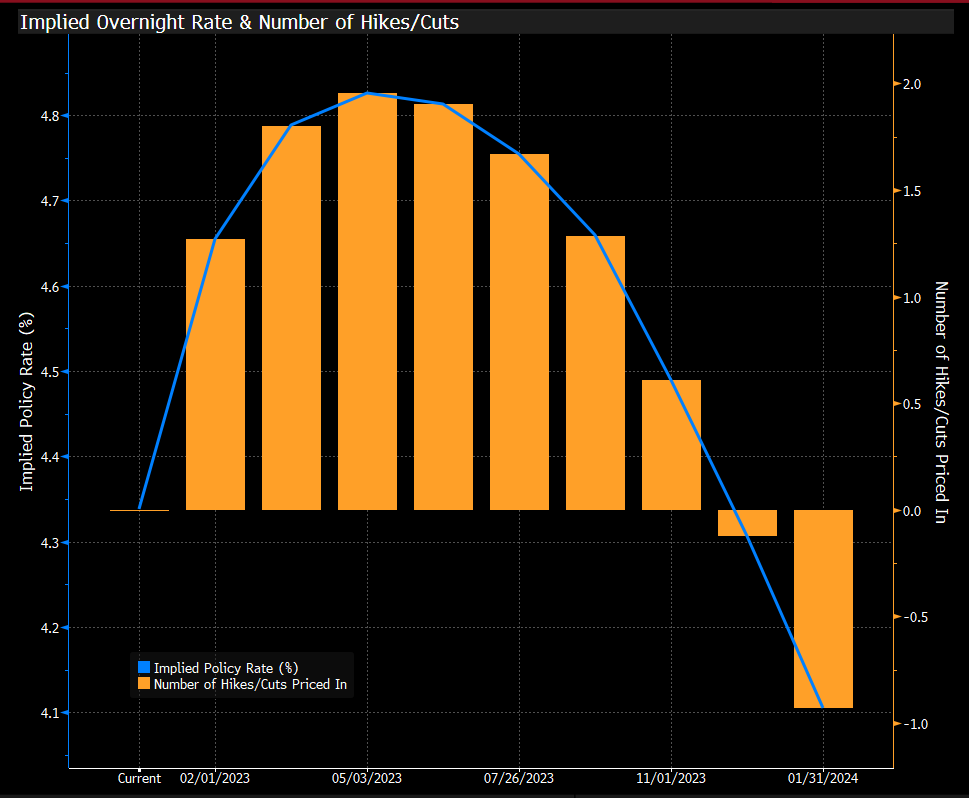
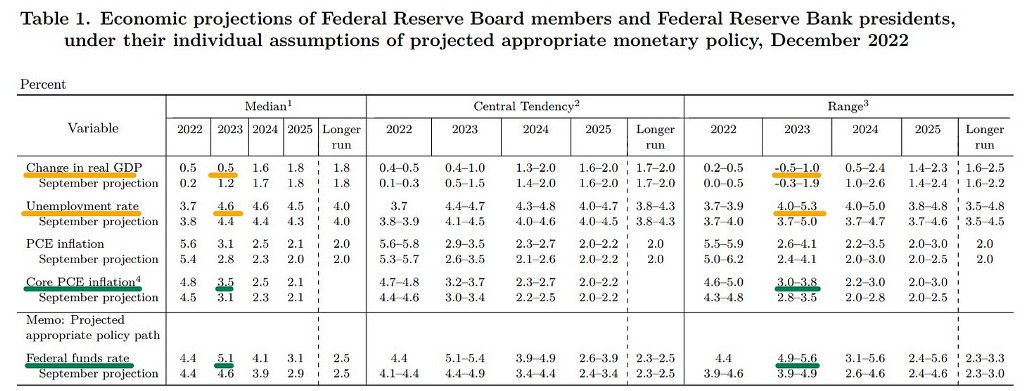
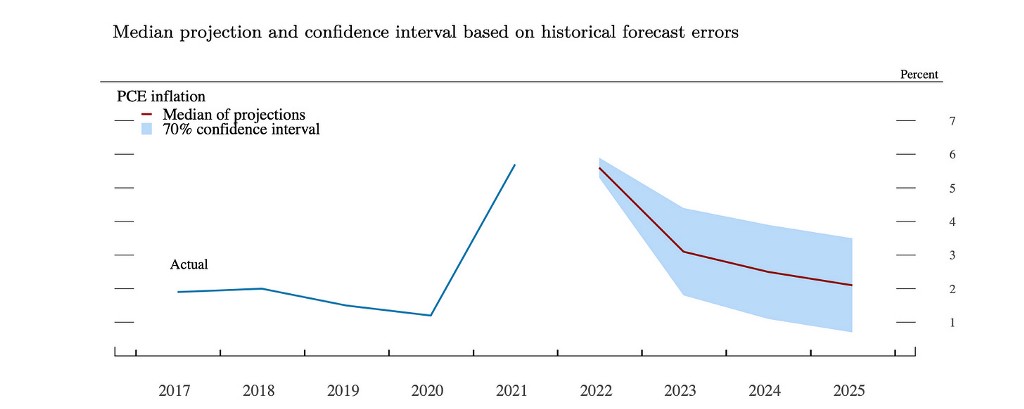

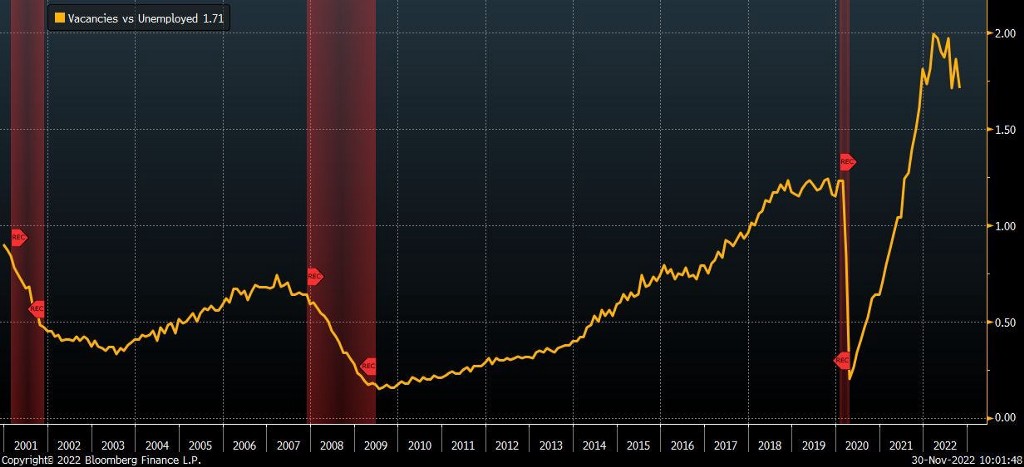
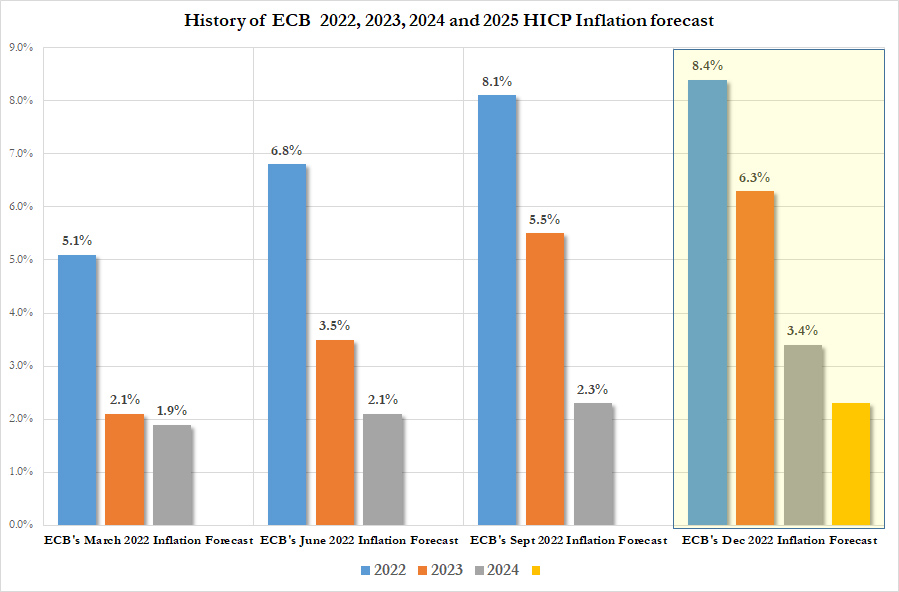
Comments